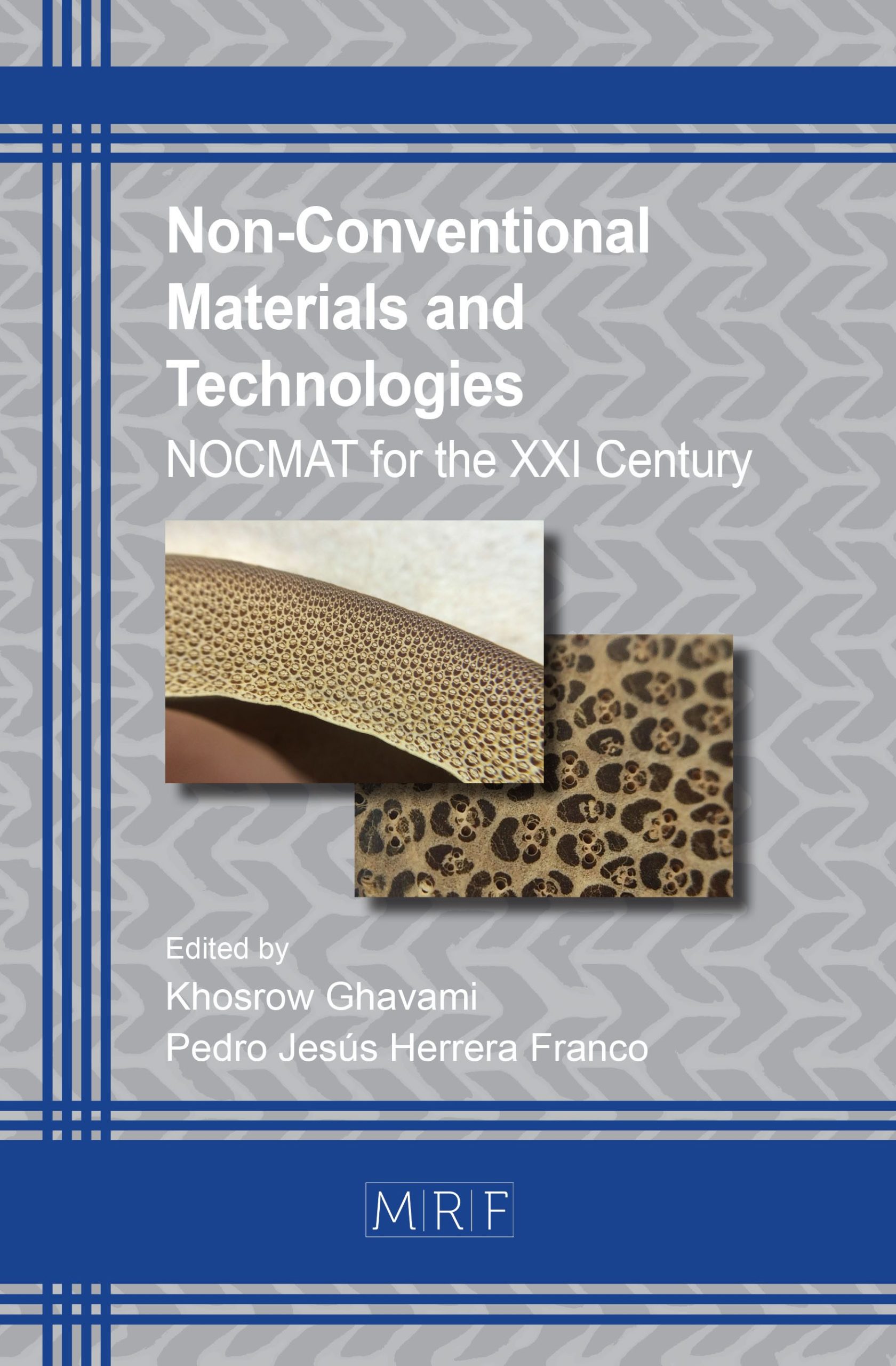Mechanical Behavior of Natural Composites Subjected to Condensation Process
A.C. Bolaños, M.L. Sánchez, J.D. Caicedo
Abstract. The use of composite materials made with natural materials has increased in several areas of engineering, mainly in the elaboration of structural elements, in which the material can be subjected to the action of atmospheric agents for long periods, can generate changes in the microstructure of the material and consequently affect its mechanical behavior. Among environmental phenomena that can cause a rapid degradation of natural composite, the exposure of the material to humidity conditions is emphasized. This work presents the determination of the physical properties of composites made with fibers and vegetal resin after being exposed to cycles of wetting under conditions of variable temperature. For the experimental tests, composite panels with Guadua and Arundo Dónax fibers immersed in a vegetal-based polyurethane were elaborated. For the modification of the surface of the fibers, an alkaline treatment was established. The degradation of the material was obtained using an accelerated weathering tester. To simulate the effect of moisture a condensation process was employed. The results were compared with experimental results obtained for panels that have not undergone degradation process.
Keywords
Natural Composites, Moisture Content, Mechanical Properties, Condensation Process
Published online , 10 pages
Copyright © 2018 by the author(s)
Published under license by Materials Research Forum LLC., Millersville PA, USA
Citation: A.C. Bolaños, M.L. Sánchez, J.D. Caicedo, ‘Mechanical Behavior of Natural Composites Subjected to Condensation Process’, Materials Research Proceedings, Vol. 7, pp 582-591, 2018
DOI: http://dx.doi.org/10.21741/9781945291838-56
The article was published as article 56 of the book Non-Conventional Materials and Technologies
References
[1] Chand N, Fahim M. Tribol Nat Fibre Polym Compos. Hard-cover ed.; 2008
[2] Jawaid M, Abdul Khalil HPS. Cellulosic/synthetic fibre reinforced polymer hybrid composites: a review. Carbohyd Polym 2011; 86:1–18. https://doi.org/10.1016/j.carbpol.2011.04.043
[3] Puglia D, Biagiotti J, Kenny JM. A review on natural fibre-based composites – part II. J Nat Fibres 2005; 1:23 – 65. https://doi.org/10.1300/J395v01n03_03
[4] J.D. Badia, T. Kittikorn, E. Strömberg, L. Santonja-Blasco, A. Martínez-Felipe, A. Ribes-Greus, M. Ek, S. Karlsson, Water absorption and hydrothermal performance of PHBV/sisal biocomposites, elservier, Polymer Degradation and Stability 108 (2014) 166 – 174. https://doi.org/10.1016/j.polymdegradstab.2014.04.012
[5] H. Ventura, J. Claramunt, M.A. Rodríguez-Perez, M. Ardanuy, Effects of hydrothermal aging on the water uptake and tensile properties of PHB/flax fabric biocomposites, elservier, Polymer Degradation and Stability (2017) 129 – 138. https://doi.org/10.1016/j.polymdegradstab.2017.06.003
[6] O. Faruk, A. Bledzki, H. Fink, M. Sain, Biocomposites reinforced with natural fibers: 2000 – 2010, Prog. Polym. Sci. 37 (2012) 1552 – 1596. https://doi.org/10.1016/j.progpolymsci.2012.04.003
[7] N.M. Barkoula, S.K. Garkhail, T. Peijs, Biodegradable composites based on flax/ polyhydroxybutyrate and its copolymer with hydroxyvalerate, Ind. Crops Prod. 31 (2010) 34 – 42. https://doi.org/10.1016/j.indcrop.2009.08.005
[8] Bledzki, Composites reinforced with cellulose based fibres, Prog. Polym. Sci. 24 (2002) 221 – 274. https://doi.org/10.1016/S0079-6700(98)00018-5
[9] H.P.S. Abdul Khalil, I.U.H. Bhat, M. Jawaid, A. Zaidon, D. Hermawan, Y.S. Hadi, Bamboo fibre reinforced biocomposites: A review, elservier, Materials and Design 42 (2012) 353 – 368. https://doi.org/10.1016/j.matdes.2012.06.015
[10] Deltoro Torró, V., Jiménez Ruiz, J. & Vilán Fragueiro X. M. Bases para el manejo y control de Arundo donax L. (Caña común). Colección Manuales Técnicos de Biodiversidad, 4. Conselleria d’Infraestructures, Territori i Medi Ambient. Generalitat Valenciana. (2012) Valencia.
[11] Zedler, J. B. Causes and consequences of invasive plants in wetlands: opportunities, opportunists, and outcomes. Critical Reviews in Plant Sciences (2004) 23(5): 431-452. https://doi.org/10.1080/07352680490514673
[12] Lowe, S., Browne, M., Boudjelas, S. & M. De Poorter. 100 of the World’s Worst Invasive Alien Species: A selection from the Global Invasive Species Database. Published by The Invasive Species Specialist Group (ISSG) a specialist group of the Species Survival Commission (SSC) of the World Conservation Union (IUCN). (2000) 9 -13.
[13] Norma Técnica Colombiana NTC 5301 – 07 “Preservación y secado del culmo de guadua angustifolia Kunth”.
[14] NORMA ASTM D 4442 – 07 Standard Test Methods for Direct Moisture Content Measurement of Wood and Wood-Base Materials.
[15] NORMA ASTM G154 − 16 Standard Practice for Operating Fluorescent Ultraviolet (UV) Lamp Apparatus for Exposure of Nonmetallic Materials.
[16] ASTM D570 – 98 Standard Test Method for Water Absorption of Plastics.































